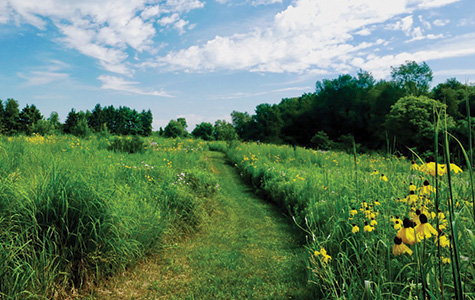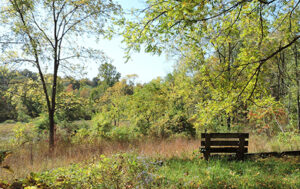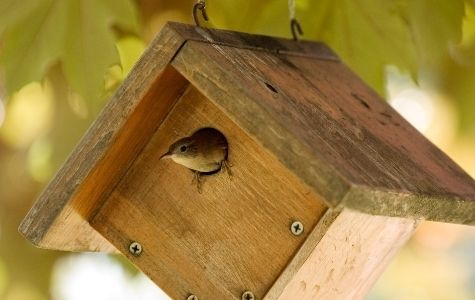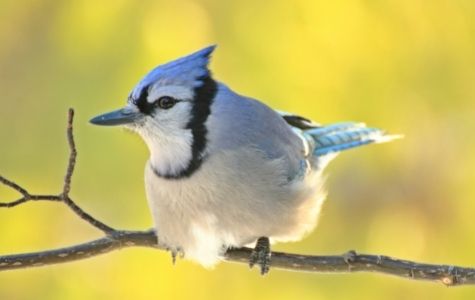Test Your Eggspertise!
Take a look at the eggs on this page. They all belong to breeding birds in Michigan. Take a guess and see the answers below!


Explore more at KNC with 15+ miles of hiking trails, programs and special events, and rotating exhibits in the Visitor Center.
On view in KNC’s Exhibits Hall: Roots of Wisdom: Native Knowledge, Shared Science

Programs for all ages
From calligraphy to canning, there’s a program for every age and interest! See the Calendar here >

KNC’s scientific and land management activities include bird banding, community science, conservation work for endangered species, and managing wildlife habitat.

KNC membership gives you access to our Visitor Center, trails, exhibits, programs, and events with free admission for one year.

Our goal is to inspire everyone to experience nature everyday. You can help.

Explore more at KNC with 15+ miles of hiking trails, programs and special events, and rotating exhibits in the Visitor Center.
On view in KNC’s Exhibits Hall: Roots of Wisdom: Native Knowledge, Shared Science

Programs for all ages
From calligraphy to canning, there’s a program for every age and interest! See the Calendar here >

KNC’s scientific and land management activities include bird banding, community science, conservation work for endangered species, and managing wildlife habitat.

KNC membership gives you access to our Visitor Center, trails, exhibits, programs, and events with free admission for one year.

Our goal is to inspire everyone to experience nature everyday. You can help.
Take a look at the eggs on this page. They all belong to breeding birds in Michigan. Take a guess and see the answers below!

Stay tuned for updates on exciting avian programs coming up this summer! KNC will blend avian science with art from July to September in our newly renovated Visitor Center. The exhibit will feature the beautifully precise work of illustrator Olivia Mendoza. And, on September 12, we’re thrilled to host Dr. J. Drew Lanham, a Clemson University ornithologist and best-selling author of the memoir “The Home Place.” His book explores race, environmentalism, and Lanham’s family legacy on a farm once worked by his enslaved ancestors. He writes about what it means to be “the rare bird, the oddity”— a Black man, scientist, and birder in a profoundly White profession.
Of course, birds aren’t all we care about at KNC. Our Education, Conservation Stewardship, and Research programs run the gamut from invasive species control to forest carbon surveys and butterfly propagation. In all these areas, we continue to grow in scientific knowledge and human understanding. Yet our work with birds illustrates nicely how a KNC focus area can evolve and deepen over time.
With your support, we’ll help conserve birds, healthy forests, clean waters and so much more on our KNC properties and beyond. We’ll stay true to our roots, even as we put down new ones to sustain us in the seasons ahead. We are grateful for your support!
While these little brown birds weigh the equivalent of around two quarters, they pack a big singing voice. House wrens have one of the largest ranges of songbirds, calling many a backyard home across the Western hemisphere. Learn more and listen to their song here >








KNC is a private, non-profit organization (501(c)(3)) formed in 1960. We are supported by membership and admission fees, monetary and in-kind donations, program and service fees, foundation grants, and endowment earnings.